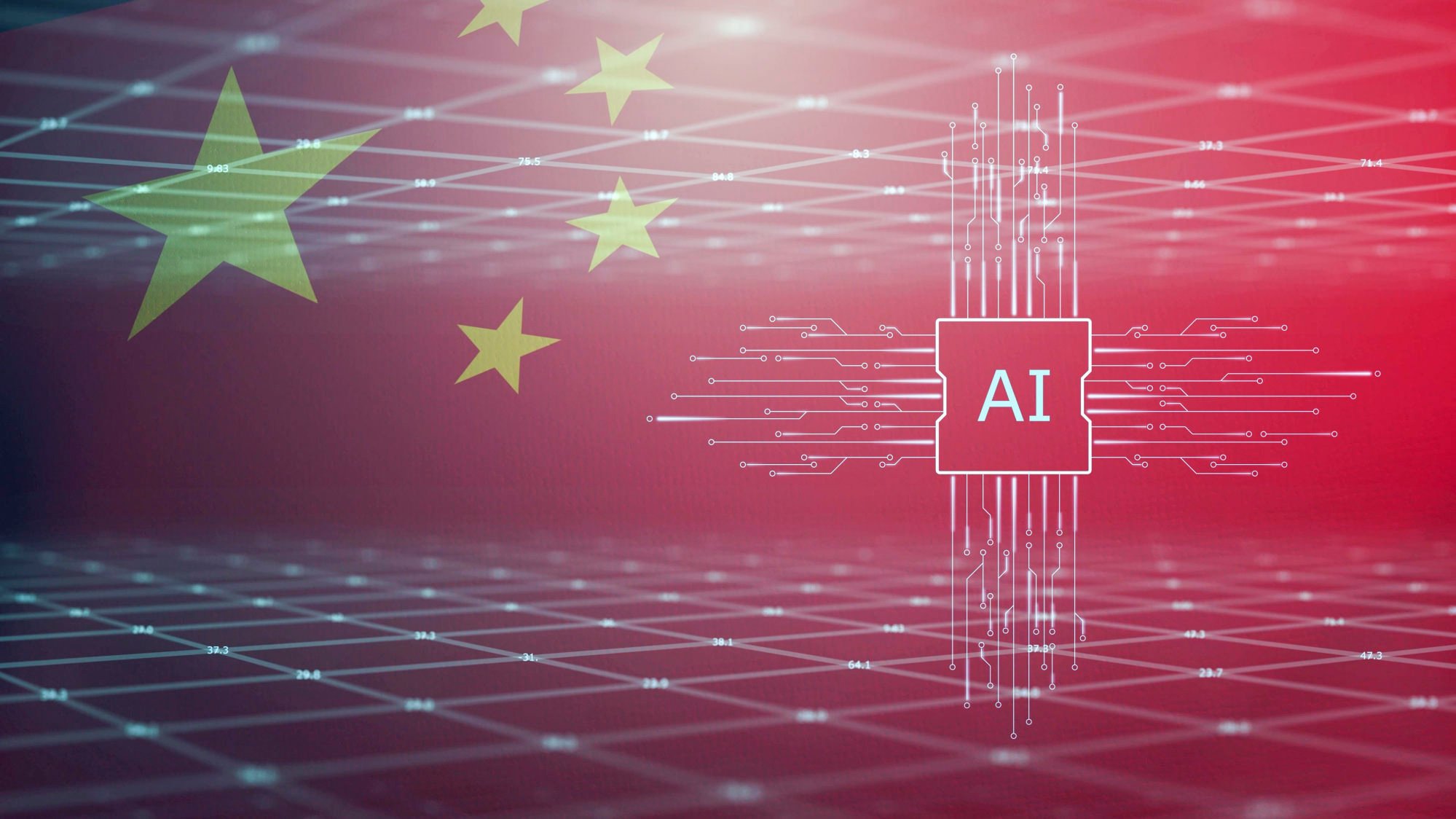China eyes at least 50 sets of AI standards by 2026, from chips to applications and safety

“AI is the foundational and strategic technology driving the new round of technological revolution and industrial transformation,” the draft policy said. By accelerating AI’s integration within the country’s economy, the MIIT said this would “profoundly change industrial production and economic-development patterns”.
As such, AI would “play an important role” in raising China’s manufacturing capabilities and internet prowess, according to the agency.
“It’s an innovation-oriented and market-friendly regulatory approach,” You said. “This is more about enabling and promoting the development of the technology and its ecosystem,” he added, describing it as beneficial to other industries.

The MIIT’s draft policy listed a total of 12 areas as critical technologies across the AI supply chain. These include LLMs, natural-language processing, computer vision and machine learning – a subfield of AI that refers to systems used to perform complex tasks similar to how humans solve problems.
China’s AI industry chain, according to the draft policy, consists of four layers: the foundation – including the computing power, algorithms and data required to train LLMs – as well as the framework, model and applications.